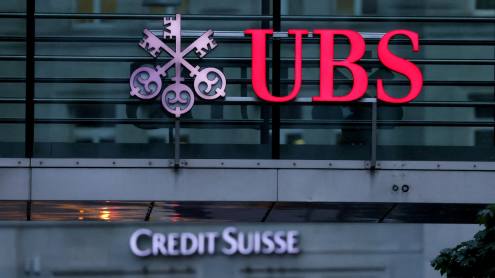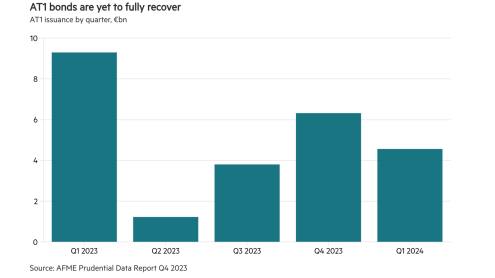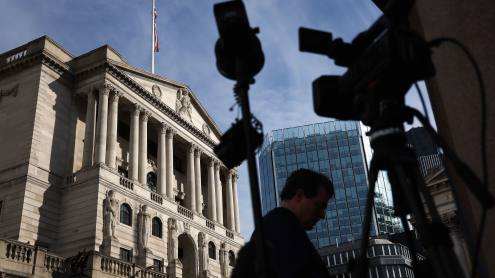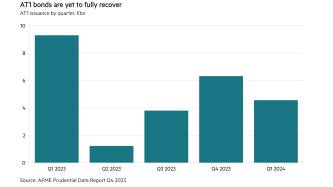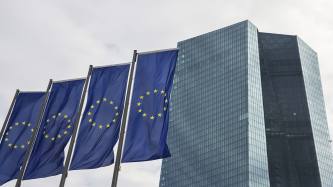To hit the markets with the largest Tier 1 capital securities issue in history and to thrill them at the same time takes some doing. For a UK institution to manage it following the only run on a British bank in living memory is nothing short of spectacular. Hats off, then, to Royal Bank of Scotland (RBS), which reopened Europe’s bank capital markets at the same time – hence the aforementioned thrill.
The issue, which was a multi-tranche affair involving more currencies than anyone has ever before used simultaneously, raised a total of €6.2bn. RBS needed the money to fund its 38% share of the €70bn consortium takeover of ABN AMRO with partners Fortis and Santander. That left it looking at funding of some €26bn.
As part of the deal, however, RBS was supposed to acquire the US bank La Salle. Since La Salle has already been sold to Bank of America, it gets an effective refund of €11bn. And 7% of the purchase price is in RBS shares, worth another €4bn. All of which left the bank having to stump up €11bn.
On target
It could have done this in various ways, but the route it chose was influenced by its need to maintain capital ratios within its target range. “Our range for Tier 1 capital is 7% to 8%,” explains Ron Huggett, RBS director of capital management. “Because of the goodwill deduction from our regulatory capital [arising from the acquisition], without raising any Tier 1 capital the ratio would fall below 7% at year-end.”
So the bank decided to visit the capital markets for €6bn in Tier 1 capital, enough to maintain its ratios, and to look for a further €5bn in senior notes. A small snag was that the capital markets had been closed to banks. “It was not without its challenges,” Mr Huggett admits. “So we looked at a number of different markets.”
As it happened, the bank raised €8bn in senior funding during August and September, mainly through private placements with maturities from 12 months to five years. For the Tier 1 element it drew up documentation for nine separate markets, though it ended up tapping only six of them. One that had served it well in the past was the US retail market. Here it started with relatively modest ambitions, looking for $300m in Tier 1 capital with a five-year call but no step-up clause.
“When you make an acquisition, you get the goodwill hit to Tier 1 on day one, but additional revenues and cost savings come through over the next two to five years,” says Mr Huggett. “So the ability to repay sooner rather than later is attractive.” While institutions generally prefer the certainty of a call that a step-up provides, the retail market is less concerned.
In the event, RBS priced $1.6bn of this paper, paying a coupon of 7.25% in the second-largest US retail issue ever. Then it turned its attentions to the wholesale market. In the course of a week-long roadshow it discarded plans for European and Asian retail markets, as investors showed a preference for fewer, bigger, more liquid issues. A welcome bonus in mid-roadshow was the Fed’s half-point rate cut.
Sustained profits
Having assured them that RBS was not exposed to US or UK subprime mortgages, that it had a diverse funding programme, and that its earnings and profits were sustained and improving, the bank launched its Tier 1 issue in five different tranches.
These were in sterling, callable after five years with no step-up (raising £750m [$1.52bn]); euro, callable after 10 years, no step-up (€1.3bn); US dollars, callable after 10, no step-up ($1.5bn) and callable after 10 with step-up ($1.6bn); and Canadian dollars, callable after 10, with step-up (C$600m). With RBS and Merrill Lynch as joint bookrunners, orders totalled an extraordinary $53bn – another record, surely – from more than 450 investors.
Allocations were accordingly small, which caused some grumbling, particularly since the pricing had been so generous – a common 170bps over mid swaps for each step-up deal, and 235bps over for the others. Performance in the secondary market reflected the market’s eagerness to accumulate the stock. The sterling tranche, for example, immediately tightened by up to 90bps.
That led some to claim RBS had given it away cheaply. Whether that was true or not, the issue actually moved the entire market. “One of the successes of the issuance was that it brought a better tone to the whole market, and led to tighter spreads for other issuers,” says Mr Huggett. “Two weeks before the launch some were telling us that we wouldn’t be able to issue any Tier 1 – regardless of the price.”



